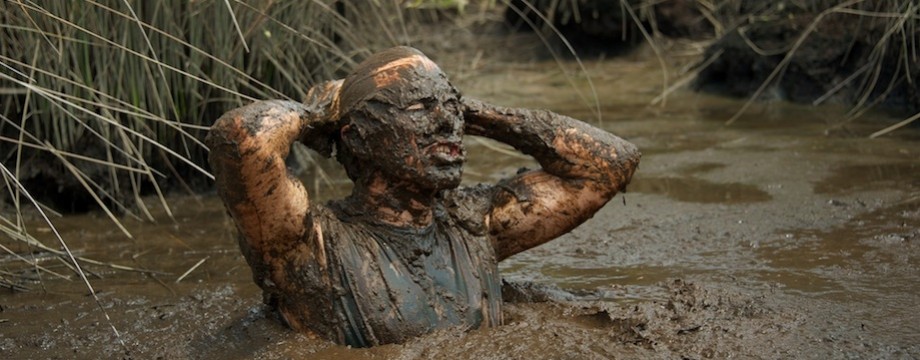John Marsh went out exploring the forest, again on September 17. Here is a short video from his expedition.
People often ask me how I find good places to sink. This video gives you a clue (like other exploring videos I’ve posted in the past). You can’t tell where you’re going to be able to sink deep, or where the texture of the mud is going to be perfect without sinking in it. I could probably use a pole to check depth, but that wouldn’t tell me if I’m going to encounter buried timber and other obstructions that the pole might slip right past.
The bottom line is that every mud hole I visit has been discovered this way. I have slogged through miles and miles of muddy bottoms and salt marsh to find those perfect spots. I can tell you where you’ll have the best chance of success, but really great spots are rare.
In a nutshell, you want to find a spot that used to be a deep hole and has since filled in with silt. That could include the classic settling pond where sand-washing plants eject their clay-rich water and the clay settles out, although most of those are heavily guarded. It also includes places where a stream path has been altered and an old oxbow has been abandoned by the stream and has since filled up with loose silt. Of course, estuaries can have bottomless muck; just stay far enough from the ocean that you don’t encounter oyster shells.
If an area is heavily wooded, there is a 95% chance that the tree roots are too thick for you to sink. You’ll have to find clearings where large trees can’t seem to grow; that could mean unstable ground, or maybe it’s just too wet for tree roots to breathe, but either way, you may be able to sink.
The bottom line is that you have to get out there and get muddy if you’re going to discover that perfect spot.
